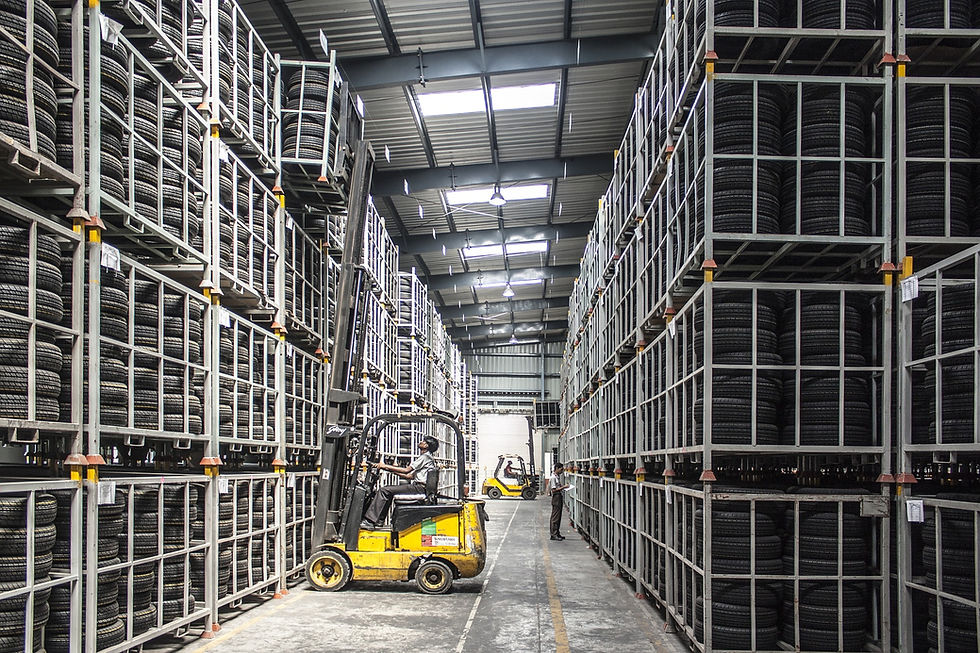
Safe Load Handling Preparation
Potential Hazards: Before handling loads, be aware of the following:
Off-center loads which may cause tipover or falling loads.
Overloading which may cause tipover or falling loads.
Damaged or loose loads.
Requirements and Recommended Practices:
Secure the load so it is safely arranged and stable.
Center the load as nearly as possible. Use caution when handling off-center loads that cannot be centered. Distribute the heaviest part of the load nearest the front wheels of the forklift.
Do not overload. Know the stated capacity of your forklift and do not exceed it. Only by keeping within the weight limit can you operate the forklift safely.
A forklift’s capacity is rated for a specified load center. If the load is off-center, improperly distributed, or oversized, it may exceed capacity and unbalance the forklift.
Use the load extension backrest.
Safe Load Handling Approaching
Operator should stop slowly in front of the load platform.
Potential Hazards: While approaching a load, be aware of the following: Accidents may occur when: Approaching too fast or turning too rapidly.
Requirements and Recommended Practices:
Approach the load slowly and carefully.
Stop 20 to 30 cm (8 to 12 inches) in front of the load.
Be certain that the truck is placed squarely in front of the load and that the forks are at the correct height.
Set the direction control to neutral
Do not raise or lower the forks unless the forklift is stopped and the brake is set.
Prior to raising the load, ensure there is adequate overhead clearance. Vision is obstructed after the load is elevated.
Use the inching pedal to creep the load to the stack.
Safe Load Handling Mast Position
Operators should lift the load with the mast vertical. Tilting the mast back reduces the load distance and makes the load safer to carry. Tilting the mast forward increases the load distance and makes the load less stable.
Potential Hazards: While moving the mast, be aware of tipovers and dropped loads while moving the mast.
Requirements and Recommended Practices: Use extreme care when tilting loads. Do not tilt forward with forks elevated except when picking up or depositing a load. When stacking or tiering, tilt backward only enough to stabilize the load.
Use extra caution when handling loads that approach the truck’s maximum rated capacity:
Tilt the mast back and position the heaviest part of the load against the carriage.
Travel with the mast tilted back to keep the load stable.
Tilt the mast forward cautiously when positioning the load onto the stack.
Never travel with the load tilted forward. Tilting the load forward increases the load distance and makes the load less stable.
Safe Load Handling Fork Position
Potential Hazards: While moving the forks into position, be aware of tipovers, dropped loads and collisions.
Requirements and Recommended Practices:
Level the forks before inserting them into the pallet.
The forks must be placed under the load as far as possible.
Slide the forks into the pallet until they are fully under the load. The forks should be at least two-thirds the length of the load.
Be careful that the forks do not go through to the other side where pallets are closely stacked.
Center the weight of the load between the forks. Adjust the forks to distribute the weight evenly. Note that forks are adjustable either manually or with a fork positioner.
Tilt the mast back carefully to stabilize the load.
Pick up an off-center load carefully. There is a greater danger of a tipover.
Visit Our Website www.redforklifts.com.sg
